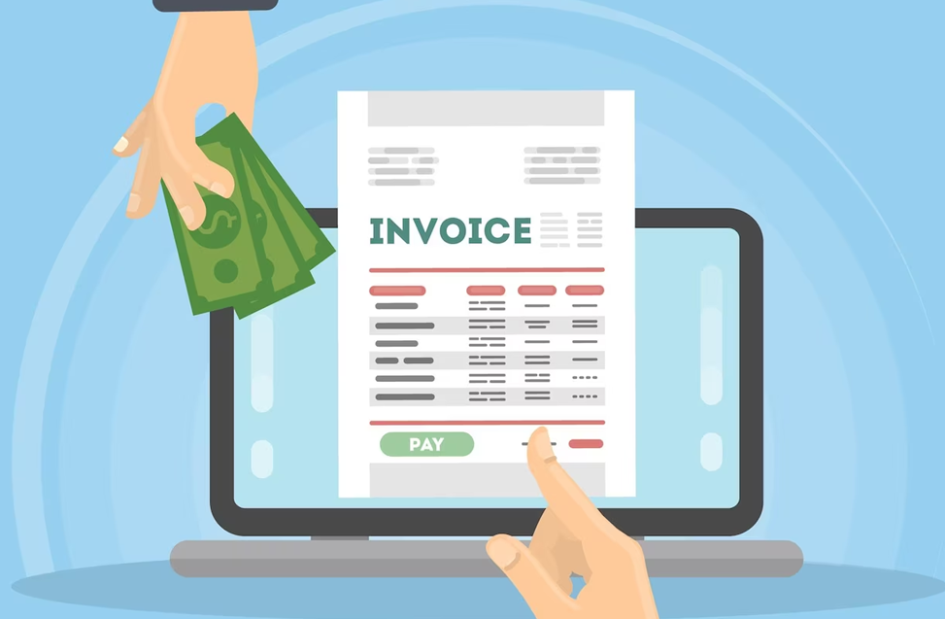Solar panels are an excellent investment for homeowners looking to reduce their energy bills and their carbon footprint. By harnessing the power of the sun, solar panels can generate clean energy for your home, reducing your reliance on the grid and saving you money on your energy bills. In this article, we’ll provide a step-by-step guide on how to reduce your energy bill with solar panels.
Step 1: Determine your energy needs
The first step in reducing your energy bill with solar panels is to determine your energy needs. You can estimate your energy consumption by reviewing your energy bills or using an online solar calculator. This will help you determine the size and capacity of the solar panel system you need to meet your energy needs.
Step 2: Evaluate your roof
Evaluate your roof to determine whether it’s suitable for solar panel installation. Solar panels work best on south-facing roofs that are not shaded by trees or other obstacles. Your roof should also be structurally sound enough to support the weight of the solar panel system.
Step 3: Choose the right solar panel system
Choose a solar panel system that meets your energy needs and budget. Consider factors such as panel efficiency, manufacturer reputation, and warranty when choosing a solar panel system. You may also want to consider installing a solar battery system to store excess energy generated by your solar panels.
Step 4: Install your solar panel system
Once you’ve chosen your solar panel system, it’s time to install it. You can choose to install the solar panel system yourself or hire a professional installer. If you choose to install the system yourself, make sure to follow the manufacturer’s instructions carefully and take all necessary safety precautions.
Step 5: Connect to the grid
Connect your solar panel system to the grid to take advantage of net metering. Net metering allows you to earn credits for any excess energy you generate and feed back into the grid. These credits can then be used to offset your energy bill when your solar panels are not generating enough energy to meet your needs.
Step 6: Monitor your energy usage
Monitor your energy usage to ensure that you’re using energy efficiently and maximizing the benefits of your solar panel system. Consider installing a smart energy monitor, which allows you to track your energy usage in real-time and identify areas where you can reduce your energy consumption.
Step 7: Maintain your solar panel system
Regular maintenance is key to ensuring that your solar panel system is operating at maximum efficiency. Clean your solar panels regularly and schedule regular maintenance with a professional solar panel technician to ensure that your system is in good working order.
In conclusion, reducing your energy bill with solar panels requires careful planning, installation, and maintenance. By following these seven steps, you can reduce your energy bill, lower your carbon footprint, and enjoy the many benefits of clean, renewable energy for your home.
